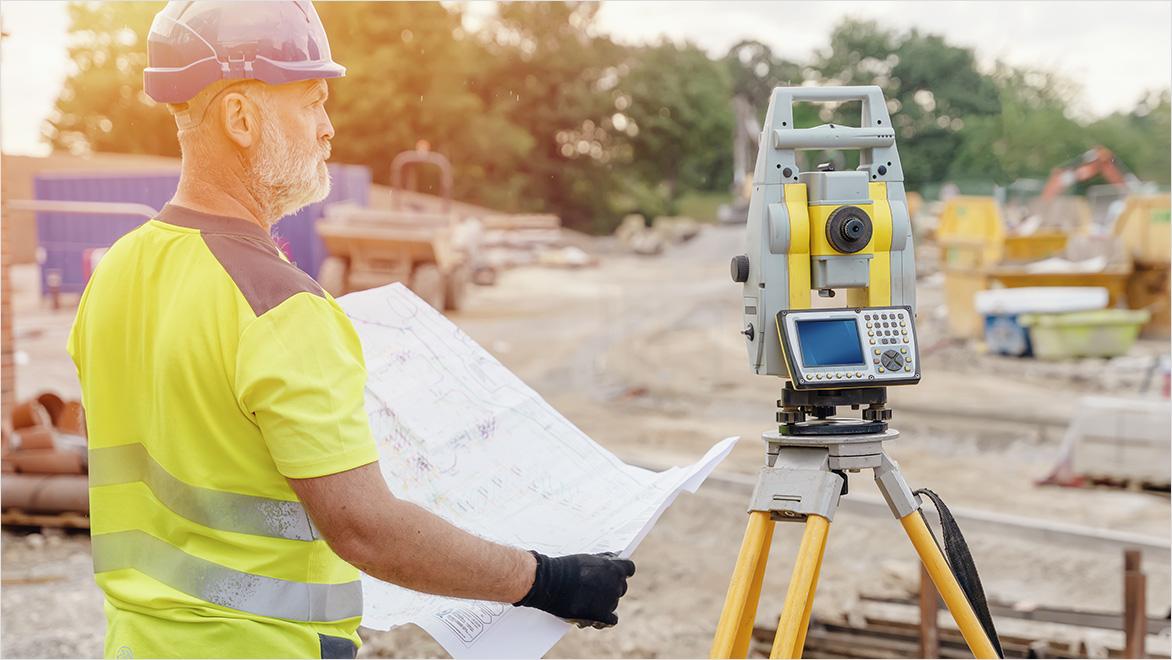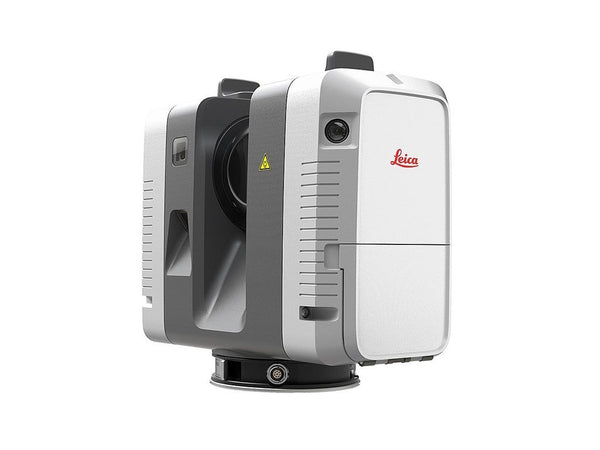Enhancing Manufacturing Processes: The Influence of 3D Laser Scanning on Top Quality Control
3D laser scanning modern technology is changing top quality control in production. By giving high-resolution information and specific dimensions, it allows manufacturers to identify deviations from specifications easily. This innovation not just enhances assessment processes but also enhances functional performance. 3D Scanning. The execution of this innovation comes with its own collection of difficulties. Exploring these elements exposes the broader ramifications for markets and the future landscape of production

Comprehending 3D Laser Scanning Modern Technology
3D laser scanning modern technology has actually evolved considerably in recent years, its essential concept continues to be uncomplicated: capturing the precise geometry of objects utilizing laser beam of lights. This innovation uses laser light to gauge ranges in between the scanner and numerous factors on an object's surface area. The information collected is after that refined to develop a detailed 3D model, accurately reflecting the measurements and shapes of the checked item.
Typically, 3D laser scanners can be categorized right into 2 major kinds: get in touch with and non-contact scanners. Get in touch with scanners physically touch the item to gather measurements, whereas non-contact scanners use laser light beams to catch information from a range. The flexibility of this innovation enables its application across numerous sectors, consisting of production, style, and building. Its capability to produce high-resolution versions assists in quality assurance, reverse design, and fast prototyping, ultimately boosting style accuracy and performance in production processes.
Advantages of 3D Laser Scanning in Manufacturing
As manufacturers seek to boost effectiveness and precision in their processes, the advantages of 3D laser scanning have come to be progressively apparent. This cutting-edge innovation permits quick and extremely accurate measurements of intricate geometries, substantially decreasing the moment needed for quality checks. By recording comprehensive data, producers can recognize disparities early in the production procedure, therefore reducing waste and revamp expenses.
Moreover, 3D laser scanning helps with much better design validation, making it possible for engineers to compare as-built conditions with original specs. This capacity guarantees that any discrepancies are promptly attended to, enhancing overall product high quality. Furthermore, the innovation sustains the creation of digital twins, which can be used for simulations and procedure optimizations. As an outcome, manufacturers not only enhance their functional performance however additionally enhance their competitive advantage on the market. On the whole, the integration of 3D laser scanning represents a transformative action toward achieving higher criteria in making quality assurance.
Integration of 3D Laser Scanning Into Quality Control
Integrating 3D laser scanning into quality control processes boosts the precision and performance of examinations throughout production. This modern technology makes it possible for suppliers to record in-depth, high-resolution information of assemblies and parts, permitting specific dimensions and comparisons against design specifications. By employing 3D laser scanning, companies can determine variances from tolerances better, which is essential for keeping product integrity.

Real-World Applications and Study
Real-world applications of 3D laser scanning in making show its transformative influence across numerous sectors. For circumstances, aerospace firms use this modern technology to conduct precise assessments of elements, ensuring they satisfy rigid security standards. A noteworthy case included a leading aircraft producer that employed 3D laser scanning to streamline its quality assurance processes, considerably decreasing inspection times and mistakes.
In the automotive field, producers have executed laser scanning to produce electronic doubles of their lorries, allowing real-time adjustments during production. One vehicle firm reported a 30% decrease in rework prices after incorporating this modern technology into their production line.
Furthermore, in the durable goods market, firms are utilizing 3D laser scanning for fast prototyping, enabling quicker models and enhanced product layouts. These applications show how 3D laser scanning not only boosts accuracy however additionally enhances effectiveness and innovation across several production domains.
Getting Rid Of Challenges in Application
Applying 3D laser scanning in manufacturing presents a number of obstacles that companies have to navigate to completely recognize its advantages. One significant hurdle is the preliminary expense of tools and software, which can discourage business from embracing this modern technology. In addition, integrating 3D laser scanning into existing workflows needs getting rid of resistance to transform amongst staff members, necessitating extensive training programs to ensure efficiency. Information monitoring additionally postures an obstacle, as the high quantity of information generated by 3D scanning must be effectively processed and analyzed to derive actionable understandings. Moreover, compatibility issues with legacy systems might prevent smooth assimilation, requiring prospective upgrades or adjustments. Resolving these challenges is necessary for producers aiming to improve quality assurance and maximize production processes. By establishing clear approaches for training, investment, and information monitoring, business can reduce these barriers and launch the transformative potential of 3D laser scanning in their procedures.
Future Trends in 3D Laser Scanning for Production
As manufacturing continues to advance, the integration of 3D laser scanning with boosted automation is expected to change production processes. Enhanced data analytics will certainly play an important function in maximizing click here to find out more workflows and boosting quality assurance. These fads highlight the possibility for better performance and precision in manufacturing atmospheres.

Boosted Automation Combination
Although the assimilation of automation in production has actually been steady, the future of 3D laser scanning is poised to accelerate this pattern substantially. As making processes come to be significantly complex, the demand for accurate, real-time dimensions expands. 3D laser scanning innovation provides automated data capture, decreasing labor costs and reducing human error. This integration allows manufacturers to streamline quality control procedures, allowing rapid discovery of variances in manufacturing. In addition, the positioning of 3D laser scanning with robotics and automated systems facilitates smooth operations, enhancing general efficiency. As makers take on these sophisticated technologies, they can anticipate enhanced accuracy and efficiency, placing themselves competitively in a quickly evolving market. The synergy in between automation and 3D laser scanning marks a substantial jump ahead in manufacturing development.
Boosted Data Analytics
The combination of automation has actually led the way for innovations in information analytics within the domain name of 3D laser scanning. Producers are progressively leveraging sophisticated formulas and artificial intelligence techniques to assess vast datasets produced by laser scans. This enhanced data analytics capability permits real-time monitoring of making procedures, allowing the identification of inconsistencies and problems better than traditional approaches. Predictive analytics can anticipate possible concerns, significantly decreasing downtime and enhancing general efficiency. The ability to visualize information in 3 measurements offers much deeper understandings right into manufacturing operations, promoting much better decision-making. As 3D laser scanning technology remains to progress, the function of information analytics will certainly come to useful link be progressively essential in driving technology and preserving competitive benefit in production.
Frequently Asked Inquiries
What Industries Benefit one of the most From 3D Laser Scanning?
The sectors that profit most from 3D laser scanning consist of manufacturing, construction, aerospace, automobile, and healthcare. These industries make use of the modern technology for precision dimensions, quality control, and effective style procedures, significantly improving overall functional performance.
Just How Does 3D Laser Scanning Compare to Conventional Measurement Methods?
3D laser scanning provides higher precision and speed compared to typical dimension approaches. It captures in-depth geometries swiftly, reducing human error and promoting far better evaluation, which eventually enhances general top quality control in various markets.
What Is the Price of Carrying Out 3D Laser Scanning Technology?
The cost of implementing 3D laser scanning modern technology varies considerably, usually varying from $10,000 to $100,000, depending on equipment, software application, and training. Organizations must evaluate these expenditures against potential performance and top quality improvements.
Are There Details Software Program Requirements for 3D Laser Scanning?
Yes, 3D laser scanning requires particular software program, including data processing and modeling applications. Usual selections include CAD software application, point cloud handling devices, and specialized applications that help with the integration and analysis of checked information for ideal outcomes.
How Long Does a Typical 3D Laser Scanning Process Take?
A common 3D laser scanning procedure can take anywhere from a couple of mins to a number of hours, depending upon aspects like the dimension of the item, intricacy of the atmosphere, and called for degree of information for precision.
3D laser scanning technology is changing quality control in production. 3D laser scanning technology has actually evolved considerably in recent years, its basic principle stays straightforward: catching the precise geometry of objects using laser beam of lights. Incorporating 3D laser scanning right into top quality control procedures boosts the precision and effectiveness of inspections throughout production (3D Scanning). 3D laser scanning modern technology uses automated data capture, lowering labor costs and reducing human mistake. The price of implementing 3D laser scanning innovation differs substantially, commonly varying from $10,000 to $100,000, depending on software, tools, and official statement training